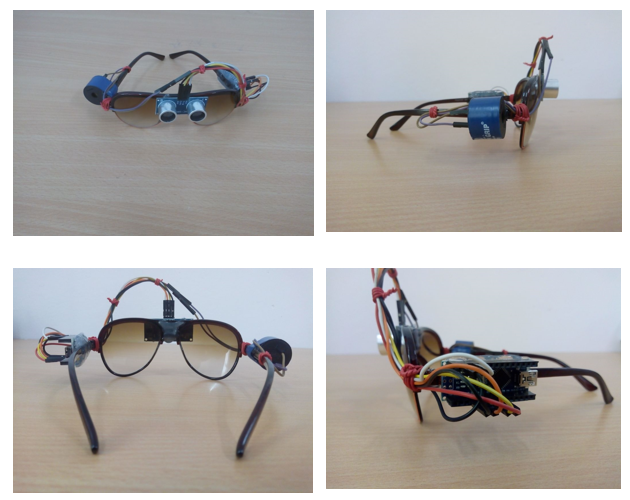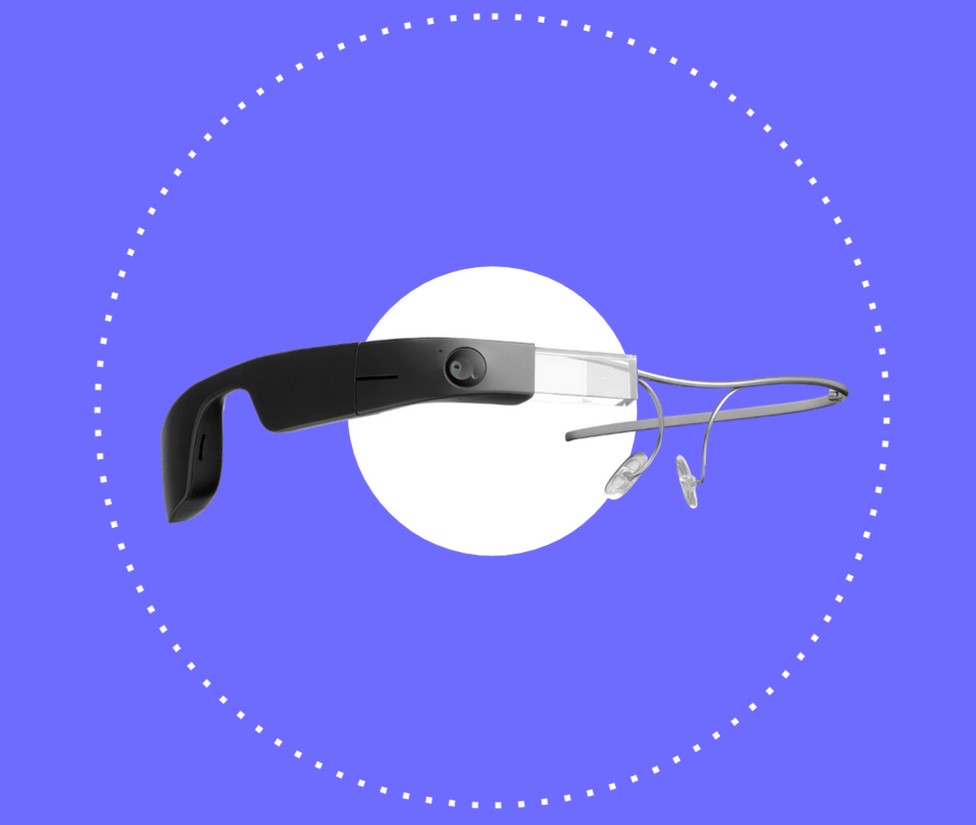Speech-to-Text Devices for Low Vision Users: Enhancing Communication and Productivity
Speech-to-Text Devices for Low Vision Users: Enhancing Communication and Productivity
Blog Article
Enhancing Ease Of Access With Assistive Innovation for the Blind
The integration of assistive innovation for the blind stands for a pivotal innovation in access, essentially modifying how people browse their atmospheres and involve with culture. As we explore the varied kinds of assistive devices and their concrete influences on daily living, it ends up being important to check out how continuous technical advancements are reshaping the landscape of assistance for the blind area.
Overview of Assistive Technology
Assistive technology describes a variety of devices and software program developed to boost the capabilities of people with impairments, including those who are blind or visually damaged. This innovation plays a crucial duty in advertising self-reliance and improving the top quality of life for individuals. By supplying different approaches for accessing details and carrying out day-to-day jobs, assistive modern technology empowers people to navigate their environments better.
The advancement and implementation of assistive innovation welcome a range of principles focused on promoting ease of access. These principles consist of user-centered layout, which prioritizes the needs and choices of the individual, and the integration of modern technology right into everyday tasks. Such advancements make certain that assistive devices are not just practical yet easy and also instinctive to make use of.
Additionally, assistive technology includes a varied spectrum of options, from low-tech choices like magnifiers to modern technologies such as screen viewers and Braille display screens. The continuous development of this field is driven by the requirement to address the distinct challenges dealt with by individuals with aesthetic problems (Wearable technology for low vision). As innovation continues to breakthrough, the capacity for enhancing ease of access and promoting inclusivity remains encouraging, eventually adding to a more fair society

Sorts Of Assistive Tools
Numerous sorts of assistive devices are offered to sustain people that are blind or visually damaged, each developed to address details needs and difficulties. These tools can be broadly classified into 3 major types: low-tech, mid-tech, and sophisticated services.
Low-tech devices consist of items such as magnifiers, Braille labels, and responsive maps. These are relatively easy tools that improve the customer's ability to connect with their setting without requiring intricate technology.
Mid-tech tools commonly entail much more innovative functions, such as digital magnifiers and mobile Braille note-takers. These tools can offer capabilities like speech outcome, permitting individuals to accessibility details extra effectively.

Influence on Daily Living
The accessibility of various assistive tools dramatically improves the lifestyle for people who are blind or aesthetically impaired, impacting their everyday living in profound methods. By integrating modern technologies such as display visitors, Braille presents, and audio description solutions right into their routines, customers acquire better autonomy and independence. These devices help with accessibility to info, enabling people to perform day-to-day tasks, such as reviewing emails, browsing public spaces, and appreciating media web content.
Moreover, assistive devices empower people to engage even more completely in social interactions and community tasks. The capability to utilize mobile phones furnished with published here availability functions enables for seamless communication and connection with others. This connection cultivates a sense of belonging and minimizes sensations of isolation.
In professional settings, assistive innovation sustains performance by allowing individuals to total job jobs efficiently. full eye examination Tools like voice recognition software program and specialized magnifying devices allow individuals to join the labor force on equivalent footing with their sighted peers.

Developments in Innovation
Current technical innovations have actually significantly transformed the landscape of tools offered for individuals who are blind or aesthetically damaged. The combination of expert system (AI) and artificial intelligence has triggered applications that improve navigation and object recognition. Smart device applications can currently use AI to determine and explain surroundings in real-time, providing users with valuable contextual details.
In addition, innovations in haptic innovation have resulted in the advancement of wise canes equipped with sensors that detect obstacles and give responsive comments. This equips users to browse their setting with boosted confidence and independence. Innovations in text-to-speech software program and braille displays have actually enhanced the access of digital content, enabling for smooth interaction with numerous media.
Wearable innovations, such as smart glasses, are likewise making strides in aiding aesthetic problems. These gadgets can give augmented fact experiences, overlaying vital information onto the customer's field of vision. Jointly, these developments not just enhance the lifestyle for people who are blind yet also advertise better inclusion in culture. As technology proceeds to evolve, the possibility for much more transformative devices stays coming up.
Future Trends and Innovations
As innovation rapidly progresses, the future of assistive devices for people who are blind holds tremendous pledge. Developments in synthetic knowledge (AI) and artificial intelligence are positioned to reinvent the way blind customers communicate with their settings. AI-driven applications are being established to boost item acknowledgment, allowing customers to identify and browse their surroundings with higher convenience and accuracy.
In addition, improvements in haptic responses innovation are making it possible for the development of responsive maps and navigation help that provide real-time info via touch. These developments not just enhance flexibility but likewise foster self-reliance. Furthermore, wearable gadgets furnished with enhanced truth (AR) attributes are emerging, supplying users visual details via audio descriptions, thereby linking the void between the digital and physical globes.
Furthermore, the integration of wise home technology provides brand-new possibilities for ease of access, enabling people to regulate their living settings with voice commands or smart device applications. As collaboration between tech developers and the blind neighborhood continues, the focus on user-centered design will guarantee that future advancements are customized to fulfill the one-of-a-kind needs of this populace (Wearable technology for low vision). The trajectory of assistive modern technology promises a more empowering and inclusive future for people that are blind
Final Thought
In final thought, assistive technology plays a crucial duty in boosting access for people read the article with visual problems. Continuous innovations in innovation and user-centered design make sure that these devices provide effectively to the distinct needs of the blind neighborhood.
The assimilation of assistive modern technology for the blind stands for a pivotal innovation in accessibility, fundamentally modifying exactly how people navigate their settings and engage with society.Assistive modern technology refers to a range of tools and software created to enhance the abilities of people with impairments, consisting of those that are blind or visually damaged. Wearable technology for low vision.As innovation swiftly progresses, the future of assistive tools for people that are blind holds enormous assurance. The trajectory of assistive technology guarantees an extra comprehensive and empowering future for individuals that are blind
In verdict, assistive technology plays a critical role in improving availability for people with visual impairments.
Report this page